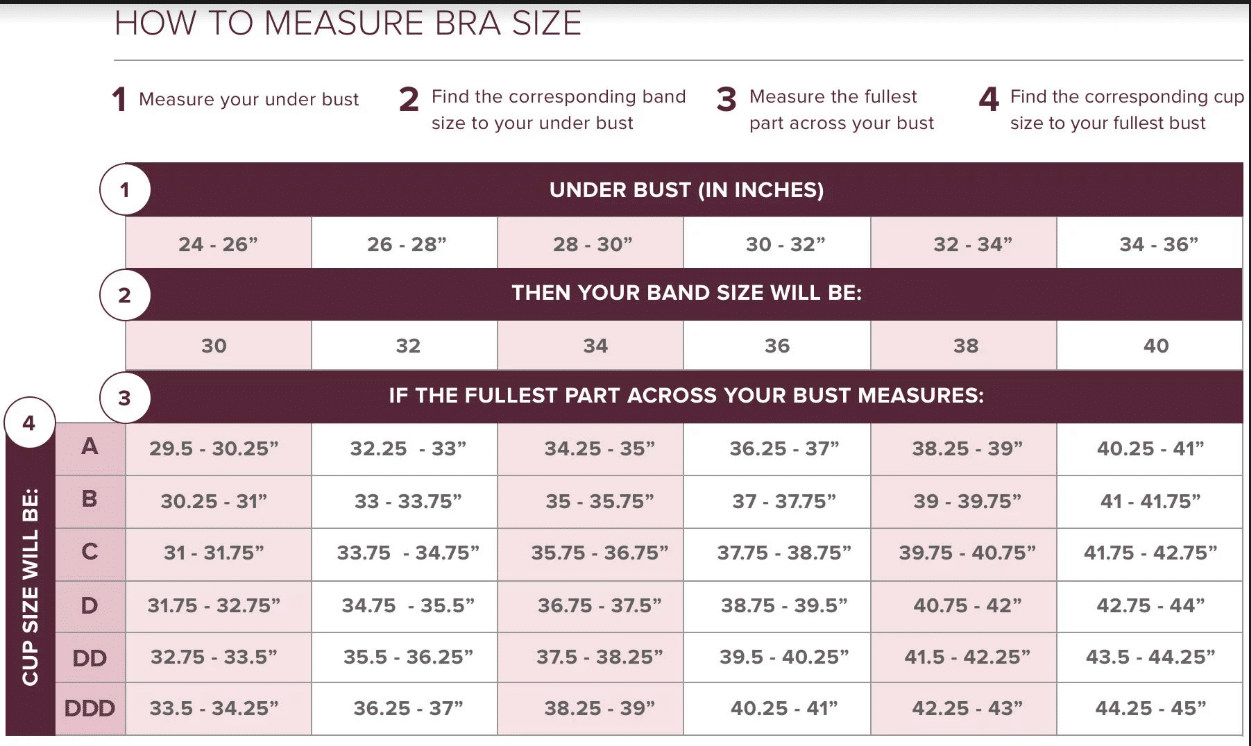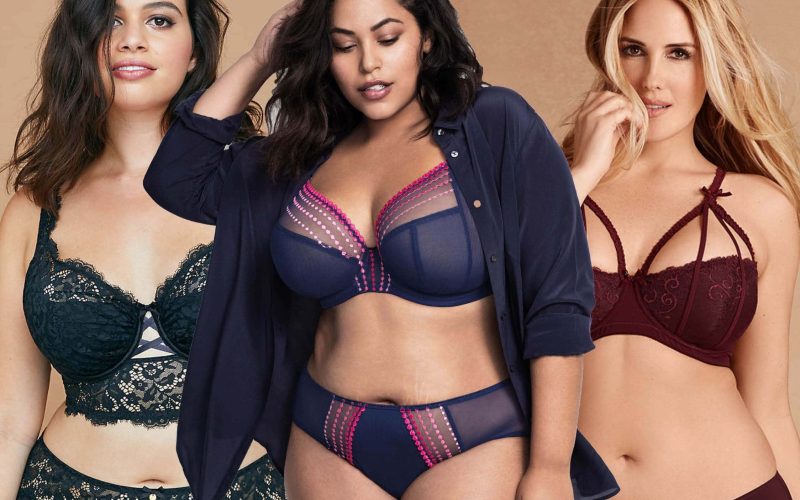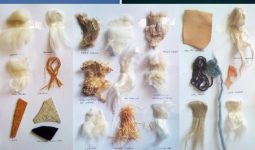Most women wear uncomfortable bras digging into their skin, slipping off their shoulders and creating awkward situations of spillage, and then ripping them off their bodies the minute they get home.
Much of this can be traced back to the lingerie store: If you don’t know how to find the appropriate bra (or even the right bra size!), you won’t get one that’s perfect for you.
In this article, you will know the things and steps to get the perfect bra for you. You can also check out how to get fuller breasts naturally
The bra should not be suffocating or loose
You should be able to fit your finger between your back and the strap with only about one inch of a stretch when you have the right band size.
If the underwire squeezes or digs in your breast tissue, your band is too small. However, when it comes to supporting, looser isn’t better.
Most people think loose means more comfort (think: caftans or sweatpants), but for bras, this doesn’t work. Note that the band does most of the breast gripping, so a loose band that hangs between your shoulder blades won’t provide the support you need and will make you less relaxed over the long run.
Plus size, full burst, and full figure have a different meaning
The most common sizes for women across the country are between 32DDD and 34 G (that’s 32E and 34F in UK bra sizing), according to a survey of 2,000 customers by lingerie retailers in 2016.
In a variety of larger sizes, many brands offer bras, often categorized as plus size, full bust, or full figure. They all imply slightly different things:-Full bust is considered for women with a small band and a large cup size.
This includes DD cup sizes or bigger, and a 36 band or smaller. The full bust sizes include sizes such as 28G, 30F, 32E, and 34H.
- The plus-size bras have a band size of 38 or greater.
- The full figure covers DD+ sizes with a band of 38 or greater.
Interestingly, all full-figure bras are a plus size too, but not all plus-size bras are full figures: a full figure and a plus-size would be labeled a 38F, but a 40B would be just plus size.
Replaced when it no longer gives you the support
The pros said that a decent, simple bra should last about a year, depending on your size, how well you take care of your bras (never throw them into a dryer!), and how many you have on a rotational basis.
Washing your bras gently by hand (usually after three to four years) and rotating your bras (i.e., not wearing the same multiple days in a row) will also help keep the bands from stretching too fast.
No matter what you do, at some stage, you’ll have to say goodbye, even the favorite bras, so keep an eye out for signs, like the band creeping up your back, telling you it’s time to shop for new bras.
Most support comes from the band
The bra cups hold the breasts in place, but the bands are responsible for about 90% of the actual support (strapless bras exist for another reason).
While the straps might seem to be there to hold up your bust, they’re there to keep your cup flush with your body and define your breast.
Besides, the bra expert says, if both your band and cup fit well, then you should be able to slip off your straps and take a few steps while your bra remains in place.
Know your size and sister’s
Know your size and that of your sister’s.
As with other often hard-to-shop products, such as jeans, there is a wide variation in how bras of the same size match from brand to brand, even from one design to another.
Therefore experts say that women should know both their actual size and sister size. If a bra doesn’t fit in your usual size, it could work in the size of your sister.
The thumb rule is as follows
If you are going up in the band, go down in the cup and vice versa. For instance, a 32C could suit a 30D or a 34B.
You may find bras that fit better in a 36B or 32D if you’re a 34C. Knowing your sister’s size is useful to accommodate for differences in size between brands.
If your “real size” is hard to shop for, it’s also a helpful resource. People with smaller bands and big cup sizes, or bigger bands and smaller cup sizes, will most benefit from the sister sizing.
Measuring your bra size

Find the Size of your Band
When checking your band size, make sure to wear a lightly lined or unpadded bra before you measure the size. Now it’s to bring your measuring tape.
Wrap the measuring tape snugly across your back, hold it parallel to the ground, and measure it directly beneath your bust. Round to the nearest even number, and note the size of your band.
Check the size of your bust
Keep the measuring tape at the band level around your back and measure across the fullest part of your chest, making sure to hold the measuring tape against you snugly and parallel to the ground.
Please take a few deep breaths to let the tape rest (not too loose now!) at its most comfortable position.
Know the size of your Cup
Since cup sizes can vary depending on the manufacturer, deciding cup size is where things can get tricky.
The most common way of calculating your cup size is by subtracting your band size from your bust size and using a bra size chart to find your cup size.
Now that you know what the right bra to look for, let’s make our closet sizzling hot – let’s go bra shopping!








